What Type Of Fairway Woods Should I Be Using?
Our resident fairway wood expert outlines the things you need to consider when updating your fairway woods
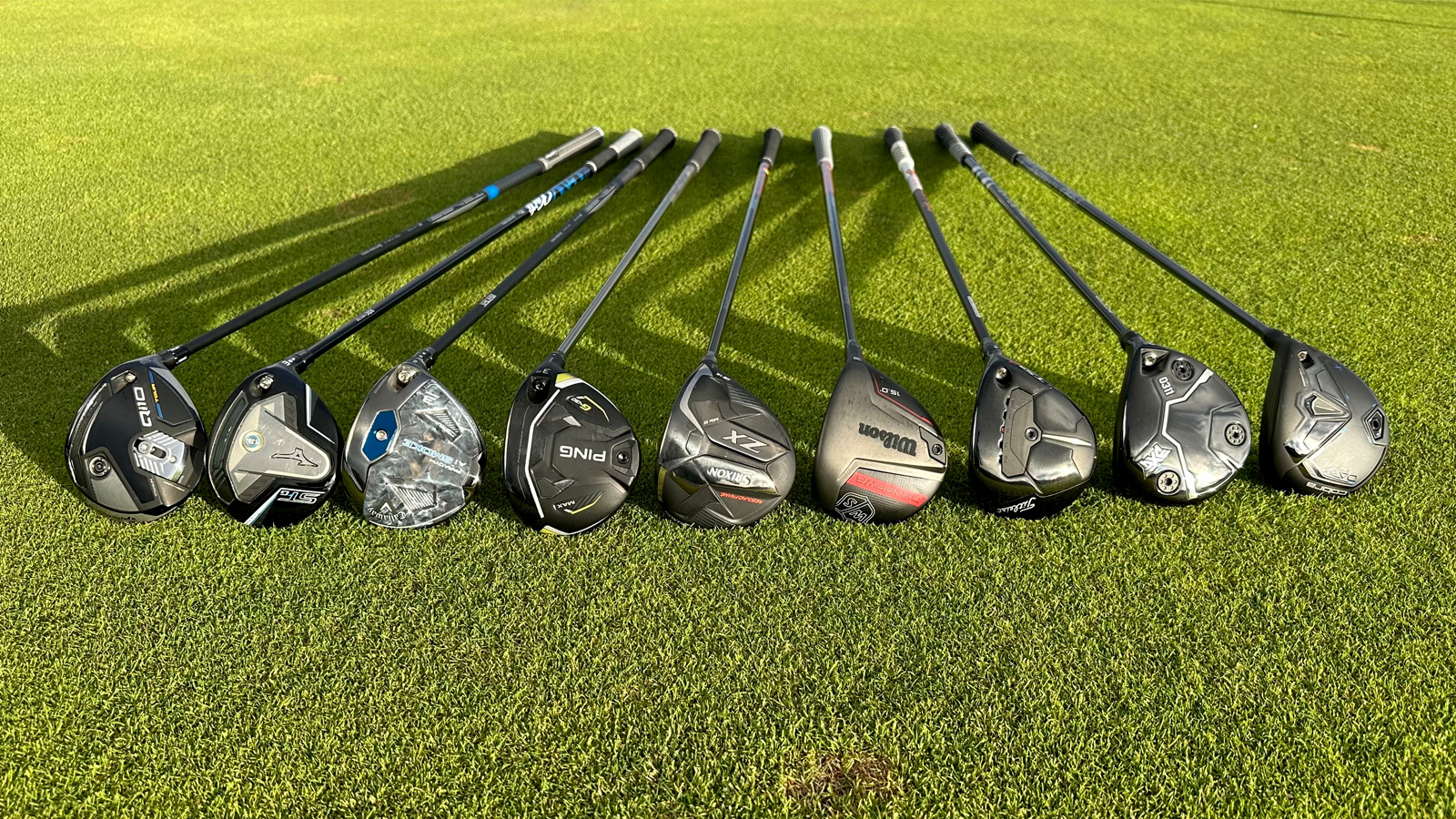

When you look into the bags of golfers, the ‘old trusty’ in the bag tends to be a fairway wood that has seen better days. I’m a big believer in the expression ‘don’t try and fix what isn’t broken’ but when you’re rocking 10-20 year old technology, there’s no doubt you’re missing out on some performance gains. Yes, the slightly more modern head design may take some getting used to, but trust me, you’ll thank me when you make the switch.
I honestly believe the best fairway woods can have such a huge impact on how well you score throughout a season and so having the right ones for you can do wonders for your golf game. Much like selecting the best golf driver for your bag, there is plenty of choice when it comes to type of head and loft, which are key considerations before deciding which fairway woods you are going to put in play.
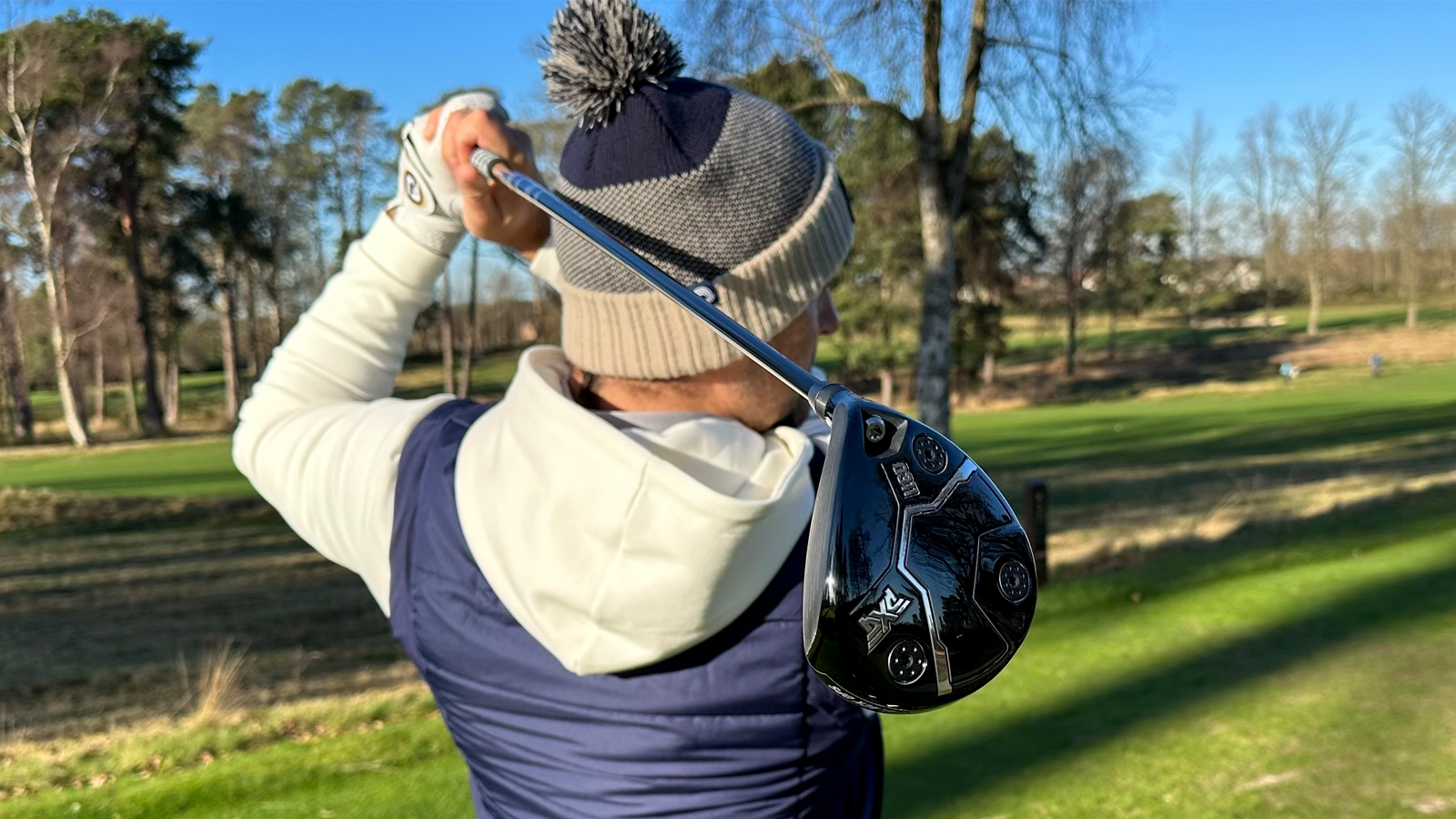
Sam De'Ath on testing the forgiving PXG Black Ops fairway wood
What Shots Will You Use Your Fairway Wood For?
There are a few factors that will often determine when exactly during a round of golf you use your fairway woods. For the slower swingers and shorter hitters, fairway woods will be used to hit into greens on longer par 4s and will be struck frequently from the deck. Because of this, having more loft or a lighter fairway wood will provide greater launch and more carry, helping the ball land softly when hitting into greens. Some brands offer HL (High Launch) options in their fairway woods to provide more height, which comes in handy if it head isn't adjustable for loft. This type of club is actually suitable for all levels of golfer. As well as amateur players, many professional golfers are using HL three-woods to meet the correct gapping distances with their club set-up, including five-time major champion Brooks Koepka.
The Ping G430 range also goes all the way up to a 9-wood at 24° and golfers also have the option of the High Launch (HL) build, which incorporates a lighter shaft and grip to make launch and speed easier to achieve for force-limited players. While they may balloon up too high in the wind for some players, the extra height could be useful and a club like a 9-wood can also be used for chipping around the green when there's only short grass between you and the hole.
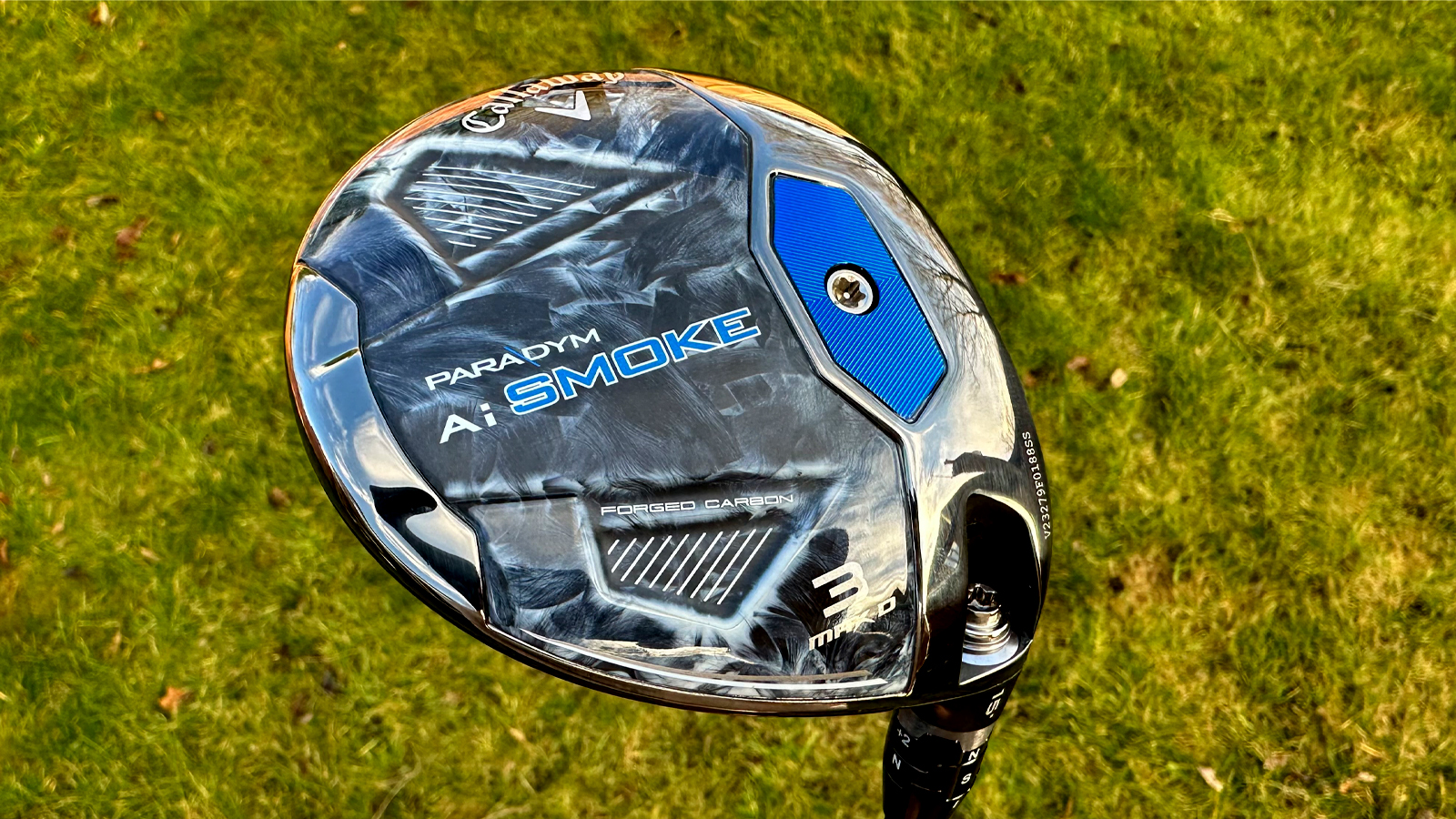
The Callaway Paradym Ai Smoke Max D fairway wood is a very forgiving fairway wood option
For the golfer with more speed who can be slightly erratic from the tee with the driver, having a fairway wood that acts as a driver replacement may be something worth considering. Most major manufacturers will release a lower-spinning fairway wood option with an adjustable hosel where the loft can be lowered from the customary 15° to a powerful 13°. The TaylorMade Qi10 Tour or Ping G430 LST fairway woods are two examples along with the Callaway Paradym Ai Smoke Triple Diamond. These fairway woods may be a better option for those who do battle more frequently in windy conditions as the lower lofted and spinning fairway will allow for a much more penetrating, lower ball flight, much the same as the low spinning drivers.
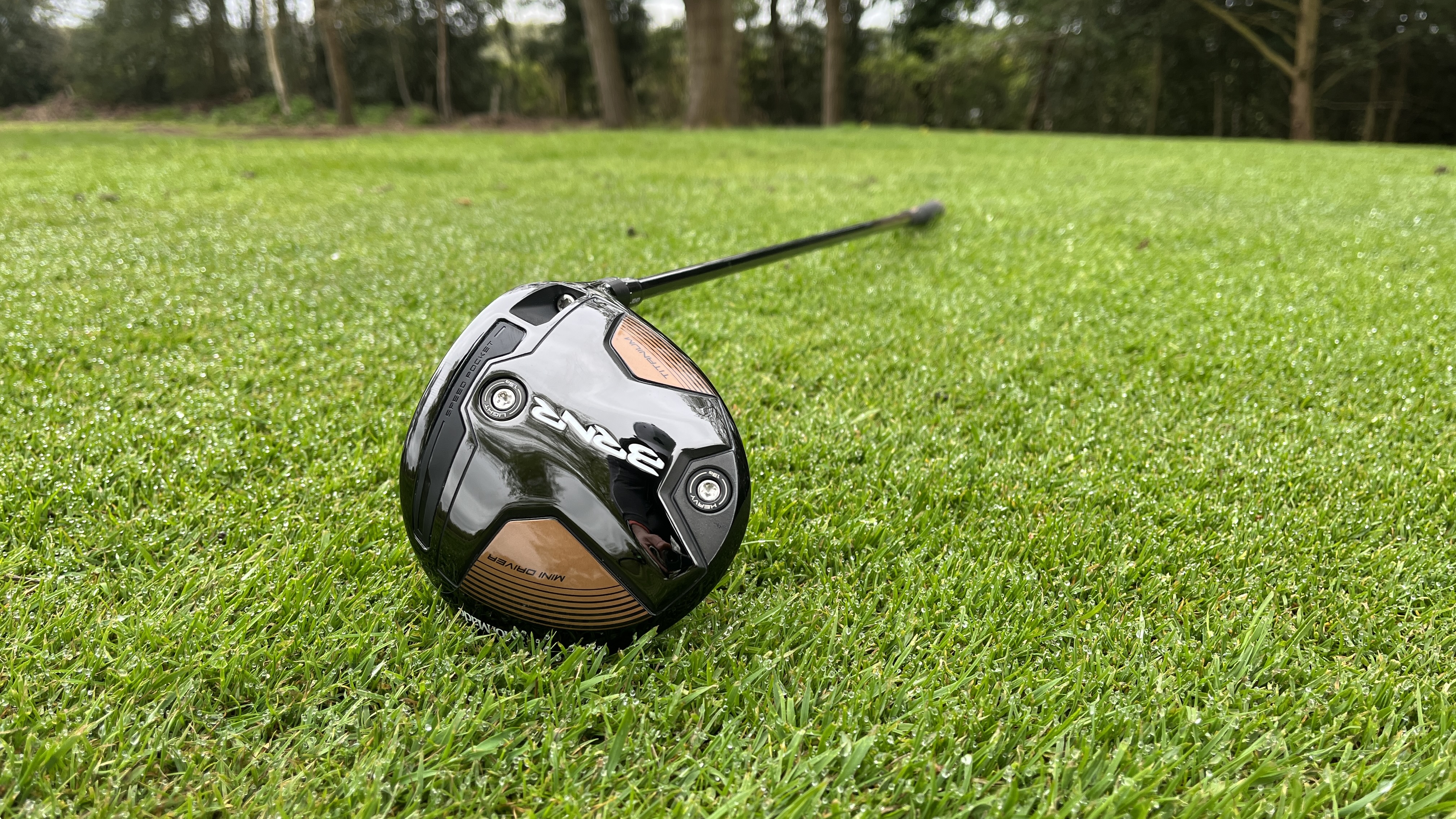
TaylorMade BRNR Mini Driver
The other alternative club to use from the tee is a Mini Driver, which is a cross between a driver and 3-wood. The TaylorMade BRNR Mini Driver has been put in play over the last year from the likes of Adam Scott, Bryson DeChambeau and Tommy Fleetwood, offering more control from the tee than a typical driver but more distance and forgiveness than a three wood.
Favour Forgiveness Over Looks
As a former mini-tour professional and now returning amateur, I have seen so many good golfers make hitting their fairway woods look particularly hard. This is largely down to poor choice in clubhead and shaft but there is certainly a strong correlation in golf between a handicap dropping and ego rising, which often leaves players choosing equipment they think looks good in their bag as opposed to actually being complementary to their game. Hitting fairway woods consistently well off the fairway is one of the hardest skills to master in golf and so golfers should choose a model that will help relieve the stress of executing these shots on the course.
Get the Golf Monthly Newsletter
Subscribe to the Golf Monthly newsletter to stay up to date with all the latest tour news, equipment news, reviews, head-to-heads and buyer’s guides from our team of experienced experts.
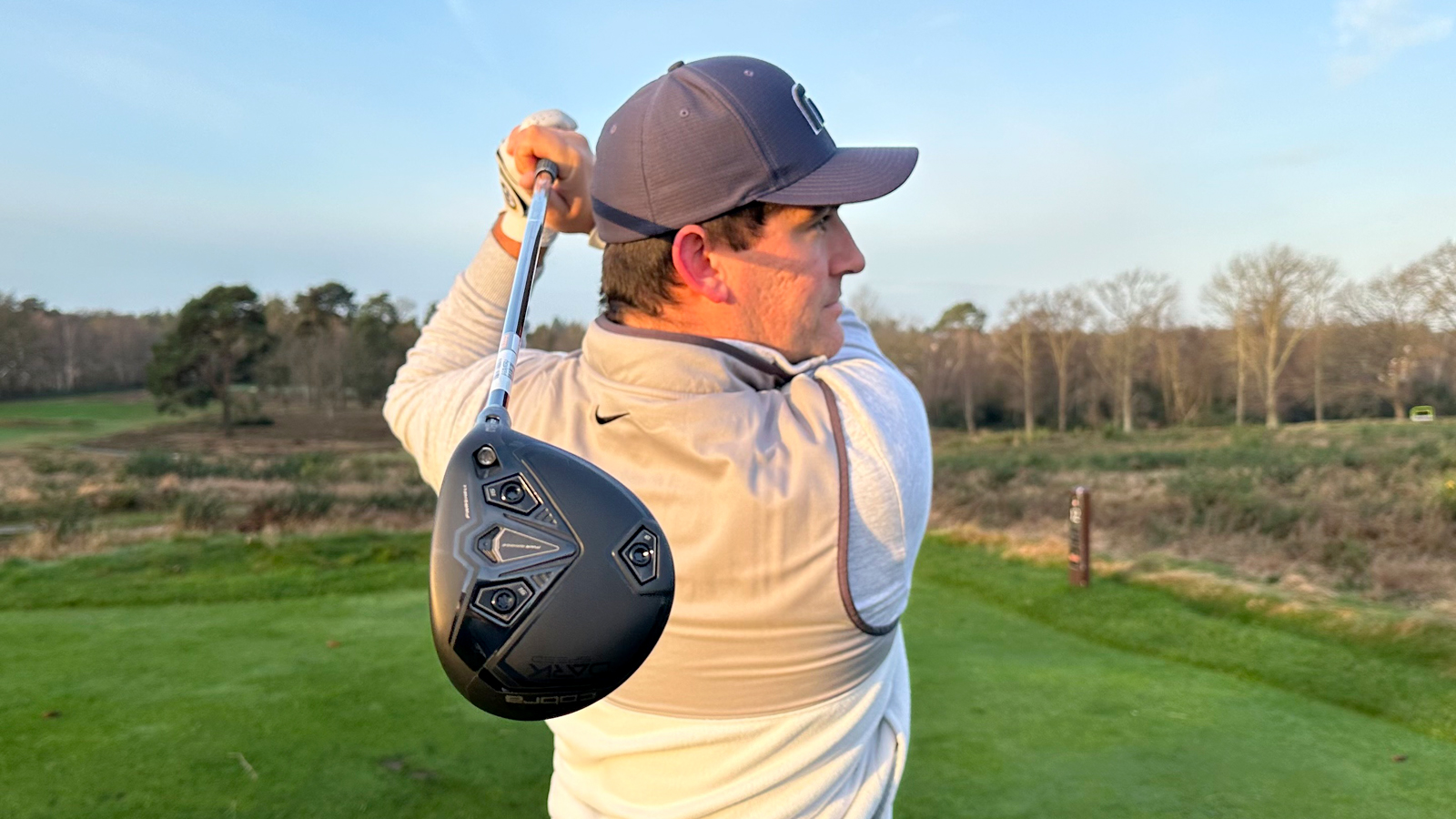
Sam De'Ath found the Cobra Darkspeed LS model was the most suited to his game in the 2024 Cobra fairway wood lineup
Golfers less confident with their ball striking or who typically struggle with their fairway woods should consider looking at what we consider to be one of the best fairway woods for higher handicappers or the most forgiving fairway woods. The Cobra Darkspeed Max and TaylorMade Qi10 Max were two of the most forgiving and easy-to-hit fairway woods I have tested this year, both offering plenty of forgiveness on miss-hit shots.
Having adjustability through the hosel or moveable weight is a great way of dialing in certain ball flights and altering the trajectory of the shot. The Titleist TSR3 fairway wood, for example, boasts a timeless looking head with an abundance of tech on the sole including a SureFit adjustable weight track to help promote a draw or fade. If you’re a confident ball striker yet suffer from over-working a certain shot-shape, then having this level of adjustability can certainly make hitting your target a lot easier.
There are also plenty of draw-biased fairway woods on the market for those that suffer with a slice. With additional weight in the heel to counteract an open face, producing a more neutral flight should also help generate more total distance.
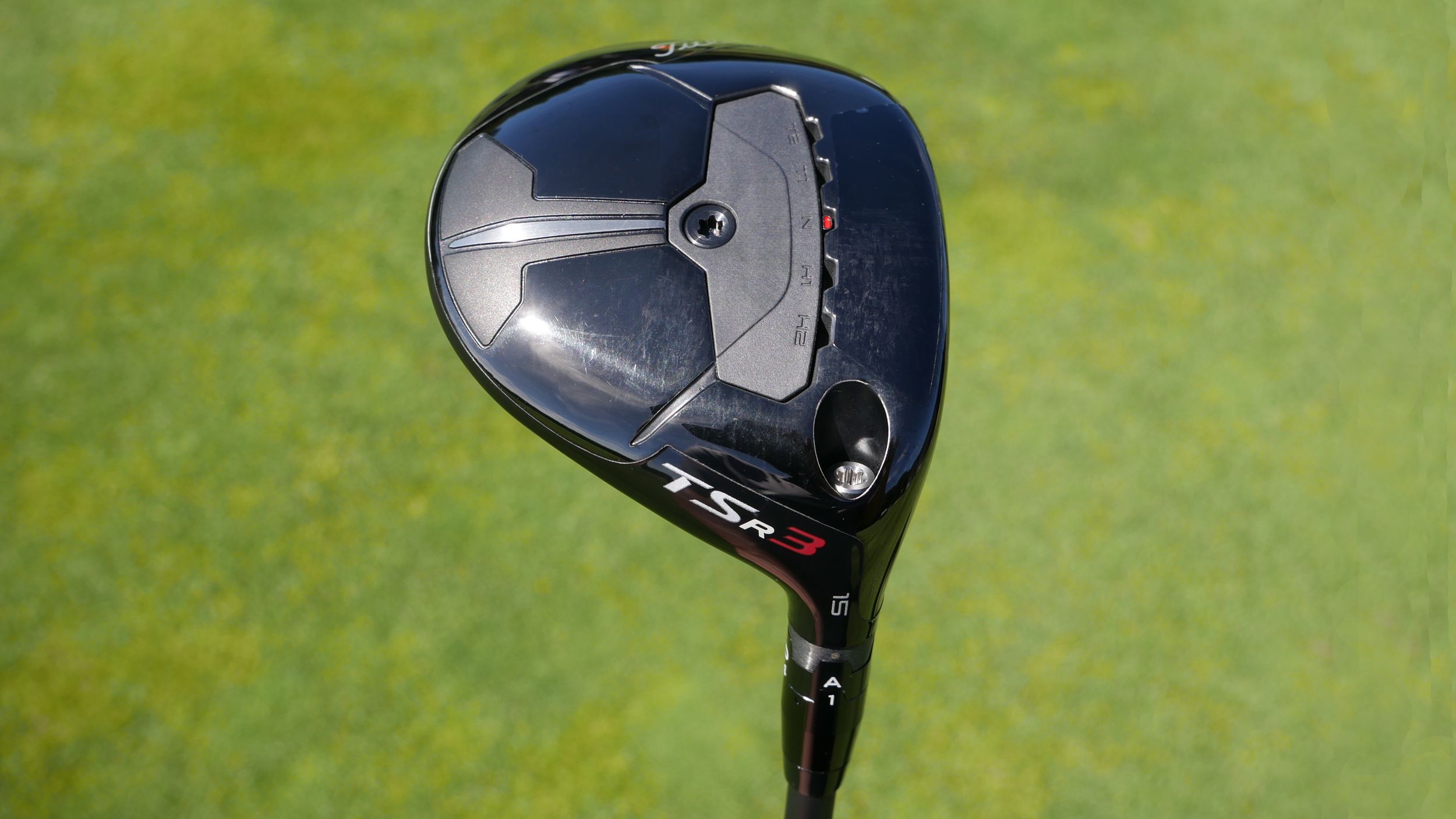
The Titleist TSR3 fairway wood is highly adjustable
How Many Fairway Woods Should I Carry?
In truth there is no right or wrong answer to this question and every golfer is different. The number of fairway woods in the bag should be based on factors such as ball-striking confidence, course conditions and how many irons and wedges they carry. You still want to have even loft gaps between them just like you do on your wedges to cover off distances evenly between your driver and your longest iron.
For those that struggle with striking their long irons but don't like the look of a hybrid, additional fairway woods can do an excellent job. The larger footprint at address can inspire more confidence, they are generally more forgiving and also don't get snagged up as easily when hitting out of thick rough.
If you only carry three wedges including a pitching wedge, you could conceivably carry three fairway woods but most golfers tend to carry one or two, depending on the course set up or conditions.
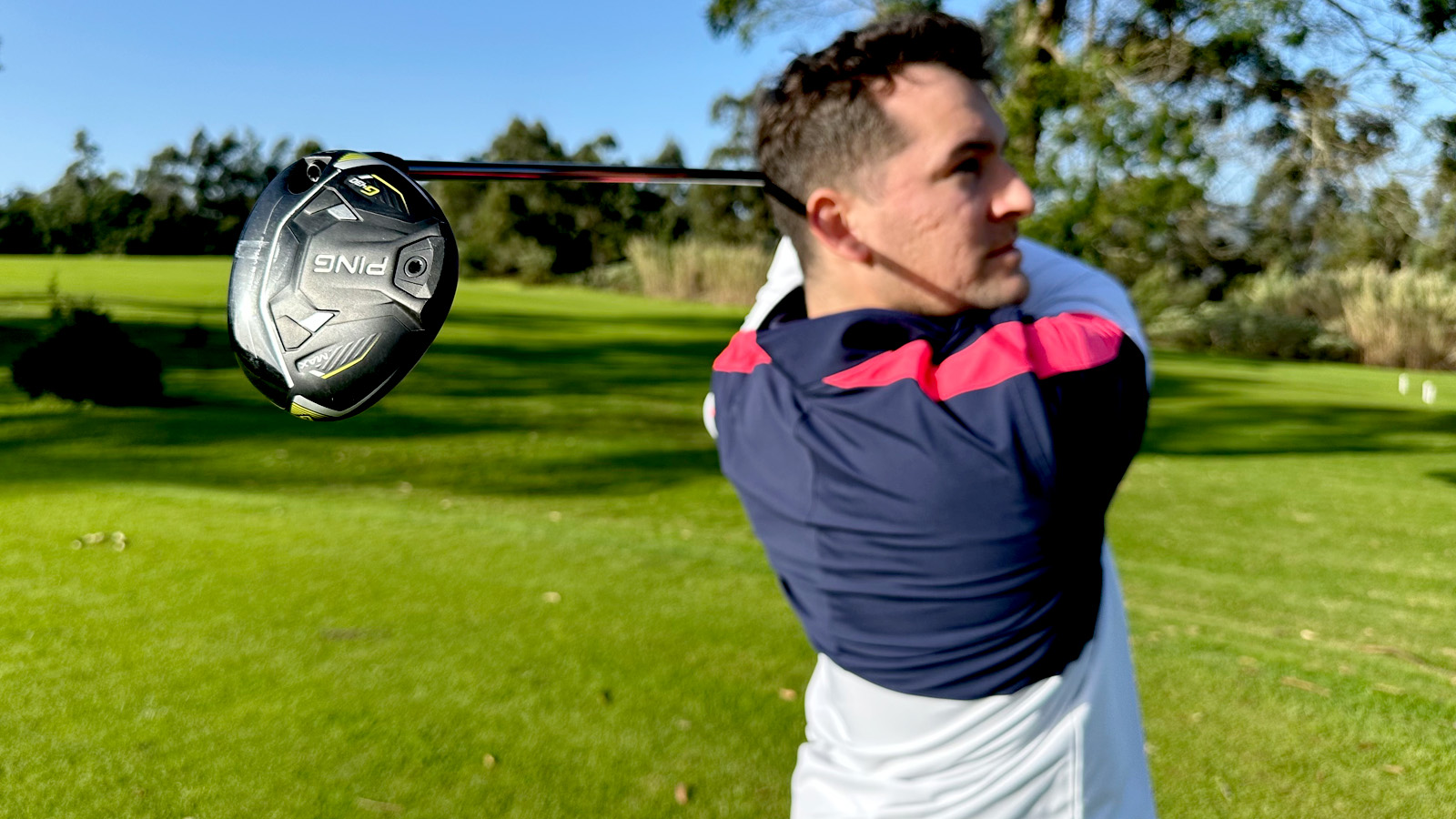
Sam De'Ath on the course with the Ping G430 Max 9-wood
Hopefully the above information is helpful upon your quest for updating or adding to your current fairway woods. Having a custom fitting or consulting your PGA Professional remain the best ways of gaining a good understanding of exactly what fairway woods you should be carrying in your bag and what shafts will match your unique swing DNA.

Sam has worked in the golf industry for 14 years, offering advice on equipment to all levels of golfers. Sam heads up any content around fairway woods, hybrids, wedges, putters and golf balls but also writes about other equipment from time to time.Sam graduated from Webber International University in 2017 with a BSc Marketing Management degree while playing collegiate golf. His experience of playing professionally on both the EuroPro Tour and Clutch Pro Tour, alongside his golf retail history, means Sam has extensive knowledge of golf equipment and what works for different types of golfer.
Sam’s current What’s In The Bag?
Driver: TaylorMade Qi35 9°
Fairway Woods: TaylorMade Qi35 15°, Srixon ZXi 18°
Irons: TaylorMade CB (6-PW) P770 (4-5)
Wedges: Titleist Vokey SM10, 50°, 54°, 60°
Putter: Kevin Burns 9307
Ball: Titleist Pro V1x
-
 'This One Is Just As Much His As It Is Mine' - Rory McIlroy Pays Emotional Tribute To 'Big Brother' Harry Diamond After Historic Masters Win
'This One Is Just As Much His As It Is Mine' - Rory McIlroy Pays Emotional Tribute To 'Big Brother' Harry Diamond After Historic Masters WinThe 2025 Masters champion couldn't hold back the tears when discussing the importance of his relationship with caddie Harry Diamond
By Elliott Heath Published
-
 Rory 2.0 Was Born At The 2025 Masters... McIlroy Is Now Free Of His 11-Year Major Burden
Rory 2.0 Was Born At The 2025 Masters... McIlroy Is Now Free Of His 11-Year Major BurdenThe Northern Irishman dug deeper than he ever had to get over the line and finally seal the missing green jacket to his career grand slam puzzle
By Elliott Heath Published
-
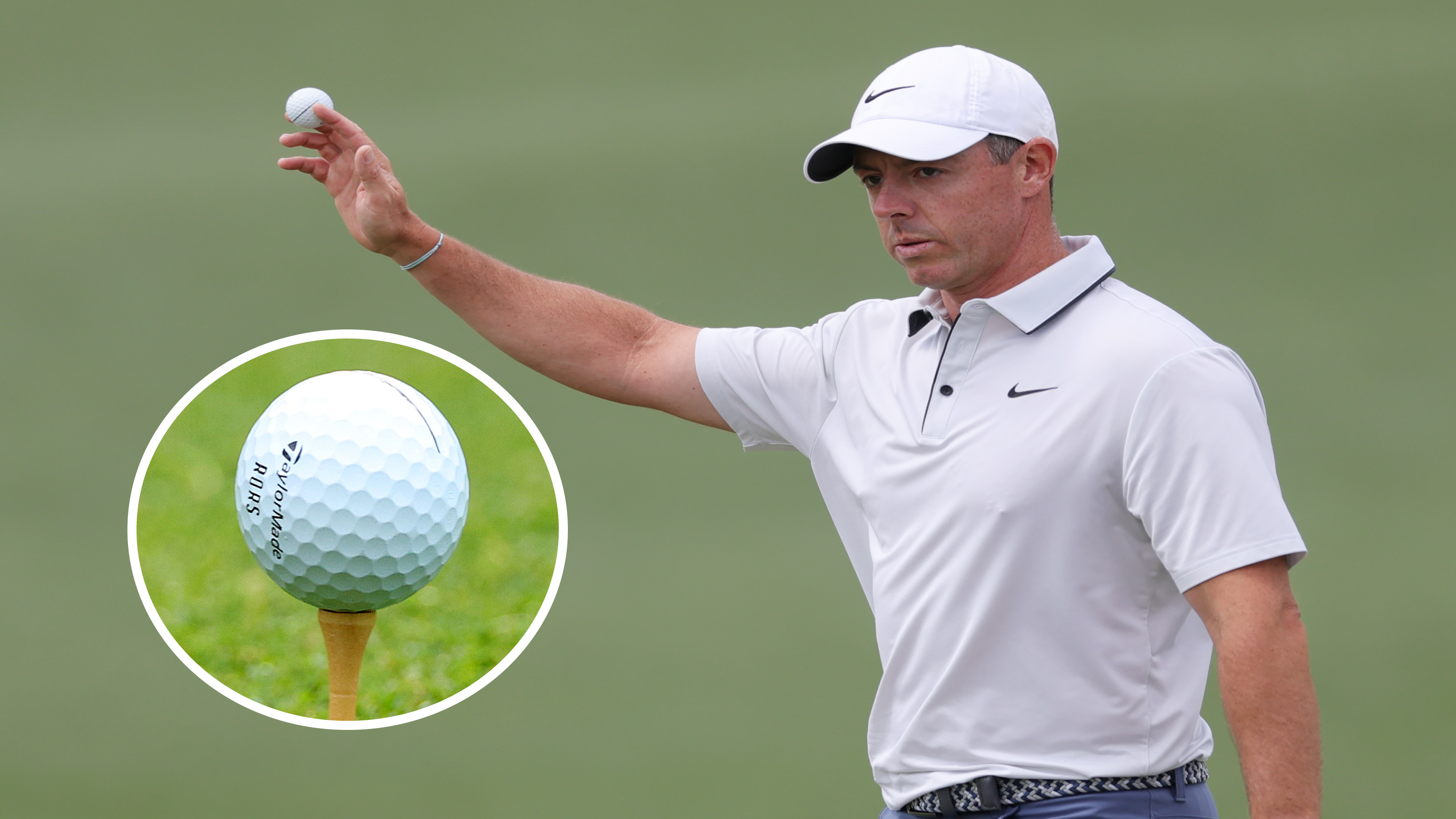 Could This 'Stumbled Upon' Equipment Switch Finally Land Rory McIlroy the Grand Slam?
Could This 'Stumbled Upon' Equipment Switch Finally Land Rory McIlroy the Grand Slam?Rory McIlroy made a golf ball change earlier this season that has reignited his wedge play and it could be about to pay off in the most dramatic possible way…
By Joe Ferguson Published
-
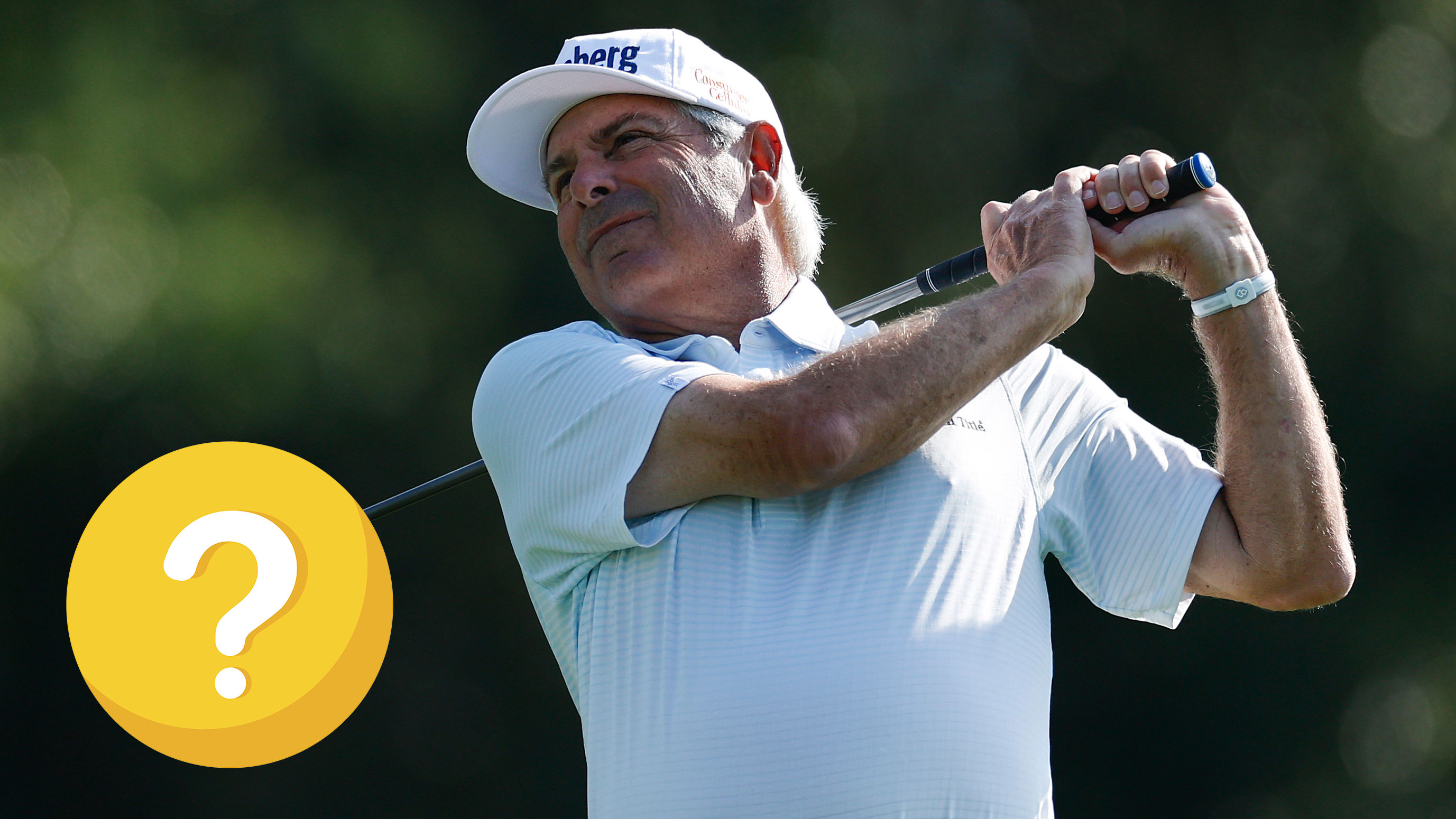 Real Players Use Long Irons, Right? Well, Fred Couples Nearly Made The Cut At The Masters At 65 Years Old, And His Longest Iron Is A…
Real Players Use Long Irons, Right? Well, Fred Couples Nearly Made The Cut At The Masters At 65 Years Old, And His Longest Iron Is A…Both Couples and Bernhard Langer turned back the clock brilliantly over the first two days at Augusta National and did so with some interesting bag setups.
By Joe Ferguson Published
-
 I Built Tiger Woods’ 2019 Masters Winning Bag From The Second-Hand Market!
I Built Tiger Woods’ 2019 Masters Winning Bag From The Second-Hand Market!PGA Professional Joe Ferguson has been taking a deep dive into Tiger’s bag for arguably the greatest victory of his career…
By Joe Ferguson Published
-
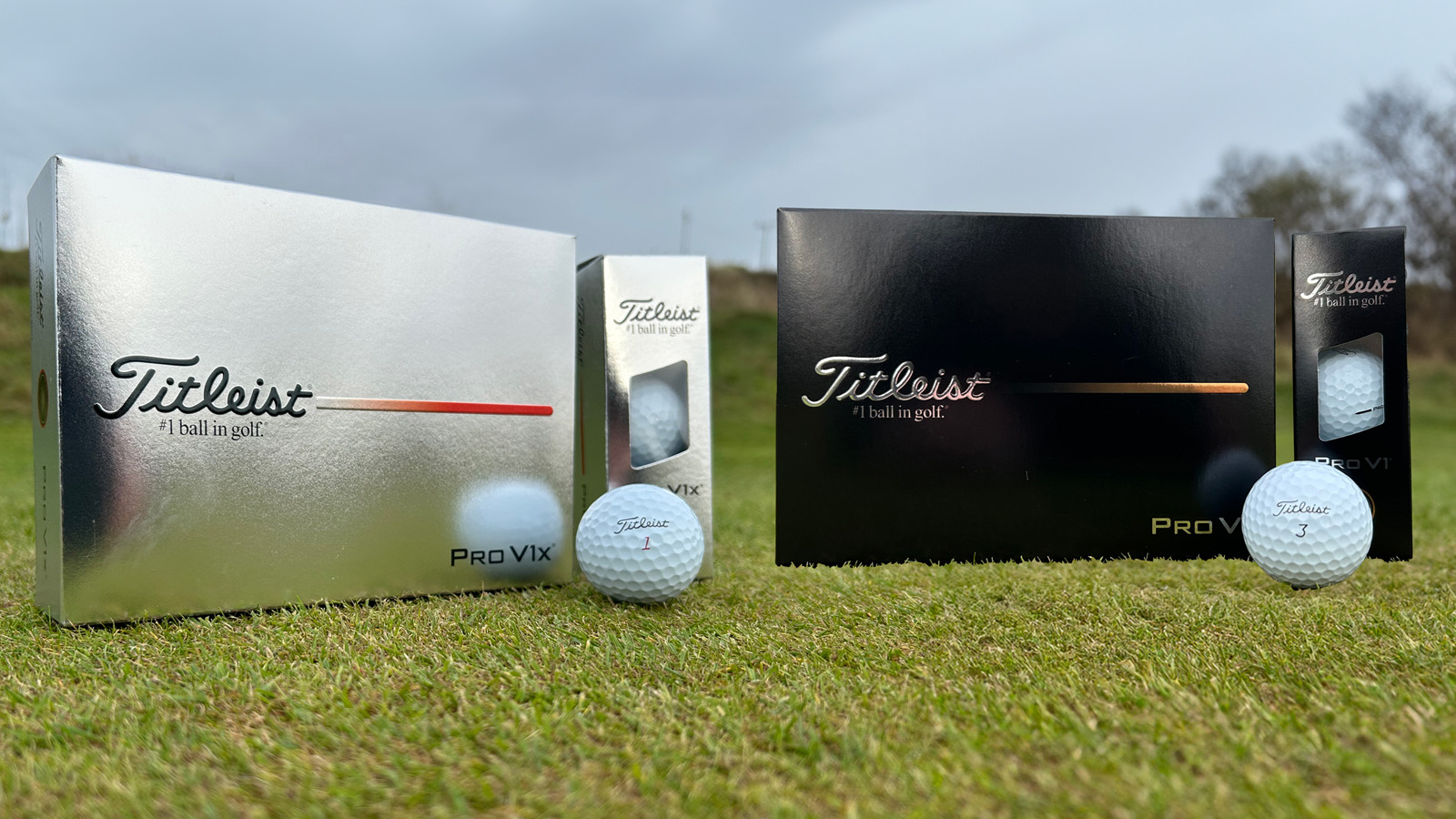 How Titleist 'Used Every Tool In The Toolbox' To Enhance The New Pro V1 And Pro V1x Golf Balls
How Titleist 'Used Every Tool In The Toolbox' To Enhance The New Pro V1 And Pro V1x Golf BallsAfter months of testing and tour validation the new Titleist Pro V1 and Pro V1x golf balls are set to launch, but what's new? We explain all
By Sam De'Ath Published
-
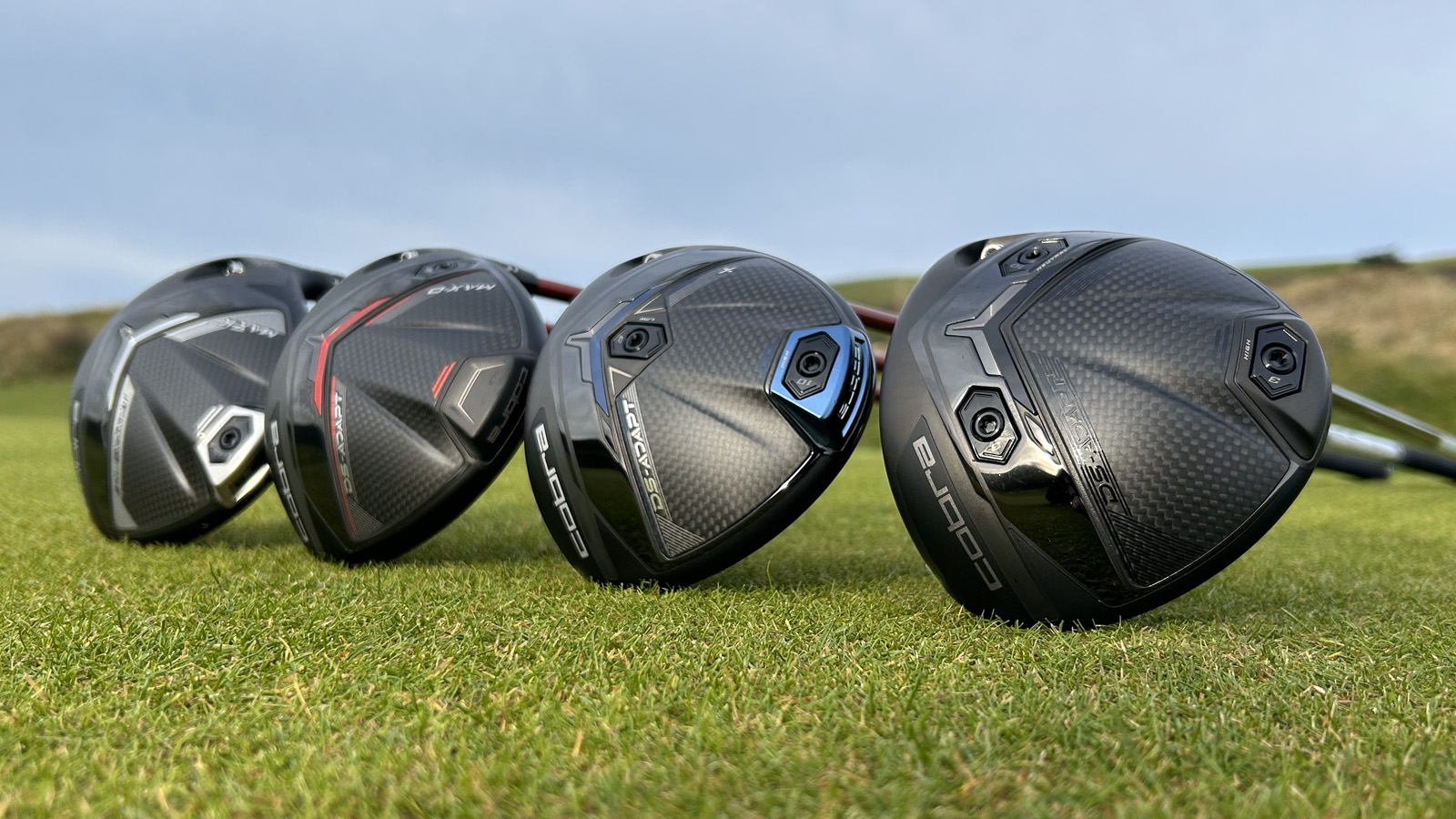 How The New Cobra DS-ADAPT Range Looks To Have Changed Driver Fitting Forever
How The New Cobra DS-ADAPT Range Looks To Have Changed Driver Fitting ForeverWith a revolutionary hosel design and refined aerodynamics, the Cobra DS-ADAPT may just become the standout driver in 2025
By Sam De'Ath Published
-
 £39 Vs £169 Wedge Test... Surprising Results!
£39 Vs £169 Wedge Test... Surprising Results!In his latest Retro Review, Joe Ferguson sees if the original Vokey wedge picked up for just £39 can compete with the modern equivalent four times the price
By Joe Ferguson Published
-
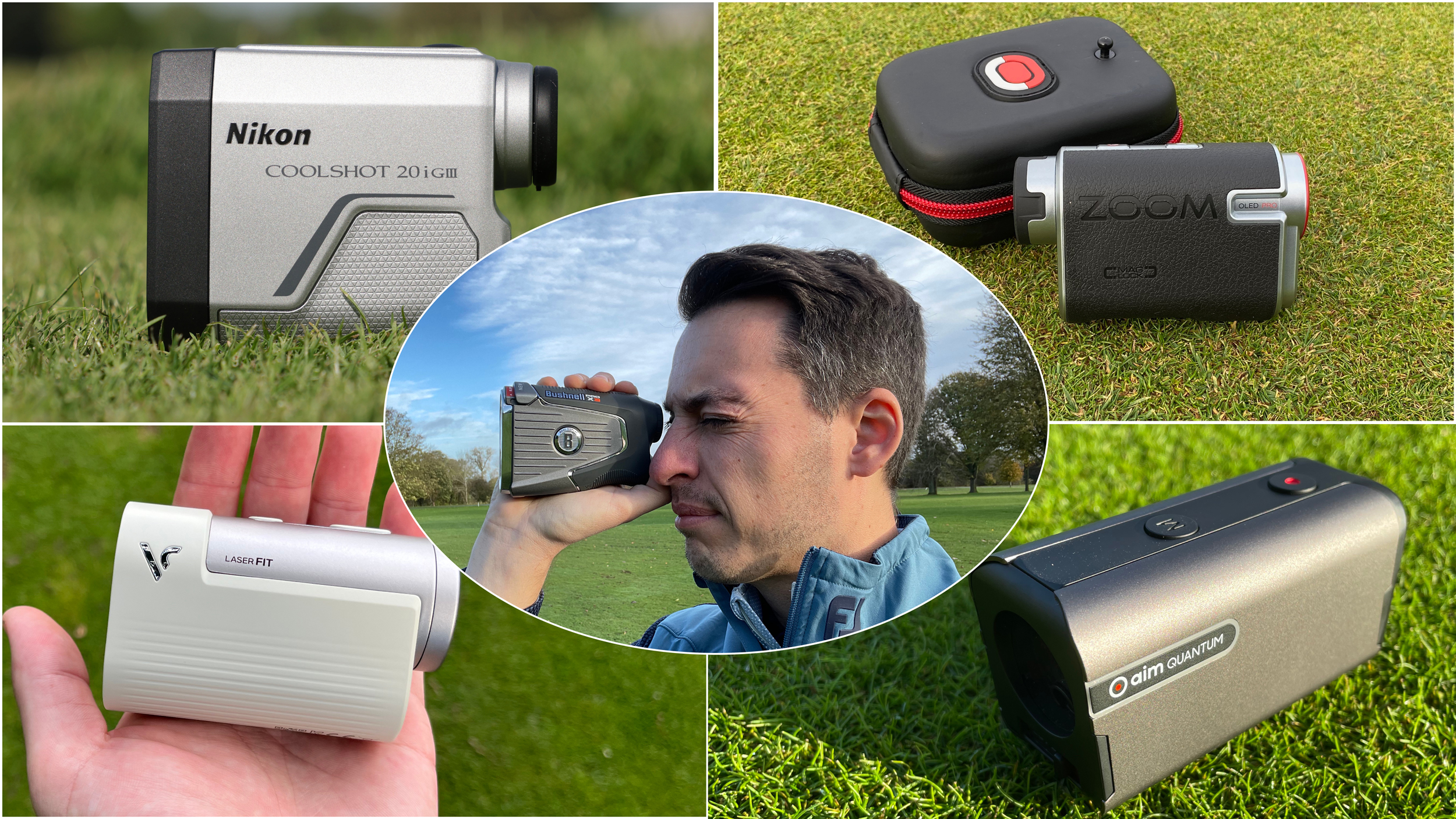 7 Useful Golf Rangefinder Features You Never Knew About
7 Useful Golf Rangefinder Features You Never Knew AboutThink you know everything a rangefinder can do? Think again. We've got seven of the best features currently available on the best modern rangefinders
By Dan Parker Published
-
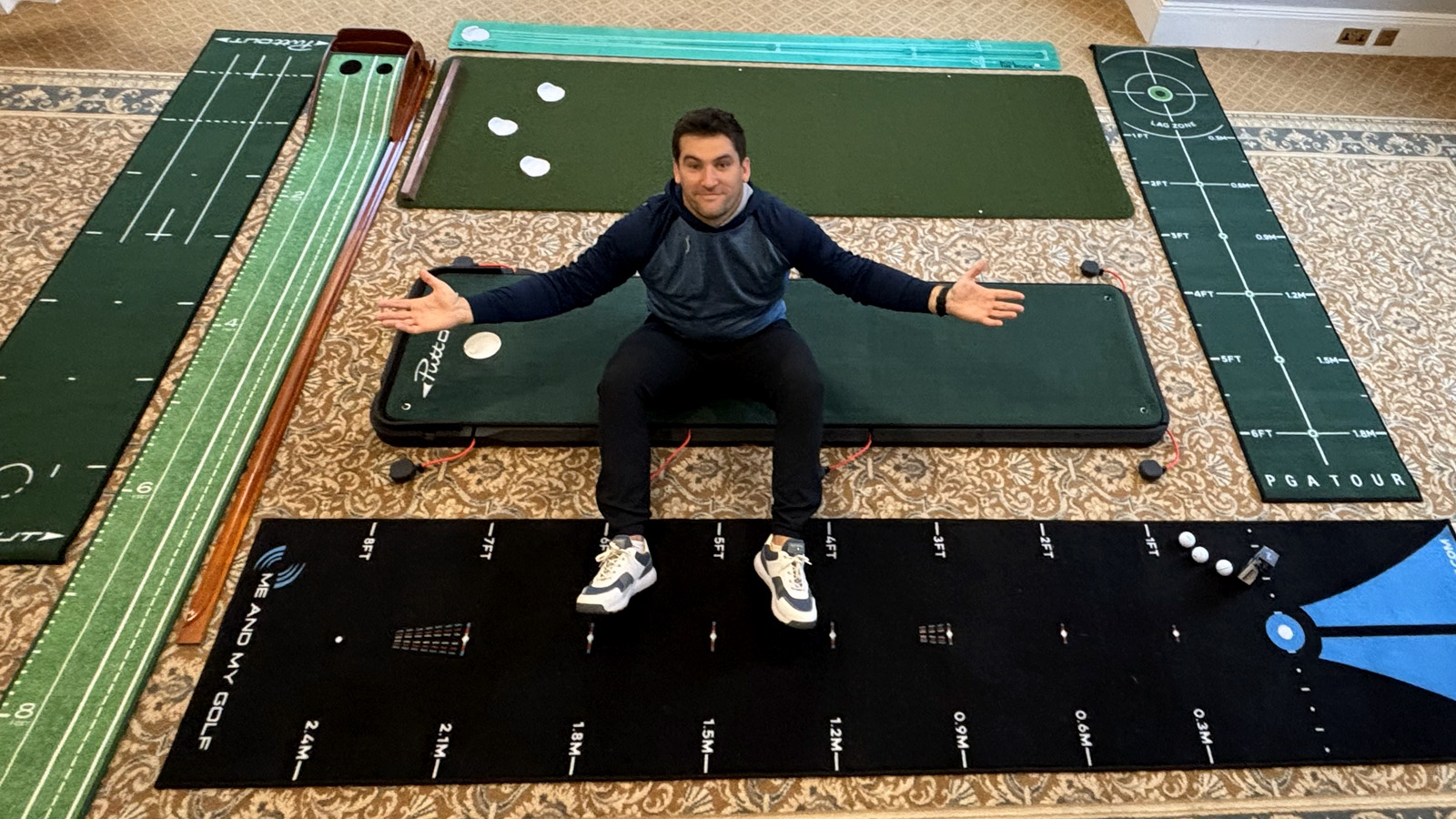 Do Putting Mats Help Improve Your Putting?
Do Putting Mats Help Improve Your Putting?Former professional golfer Sam De’Ath sheds light on whether or not a home putting mat can help improve your performance on the greens
By Sam De'Ath Published